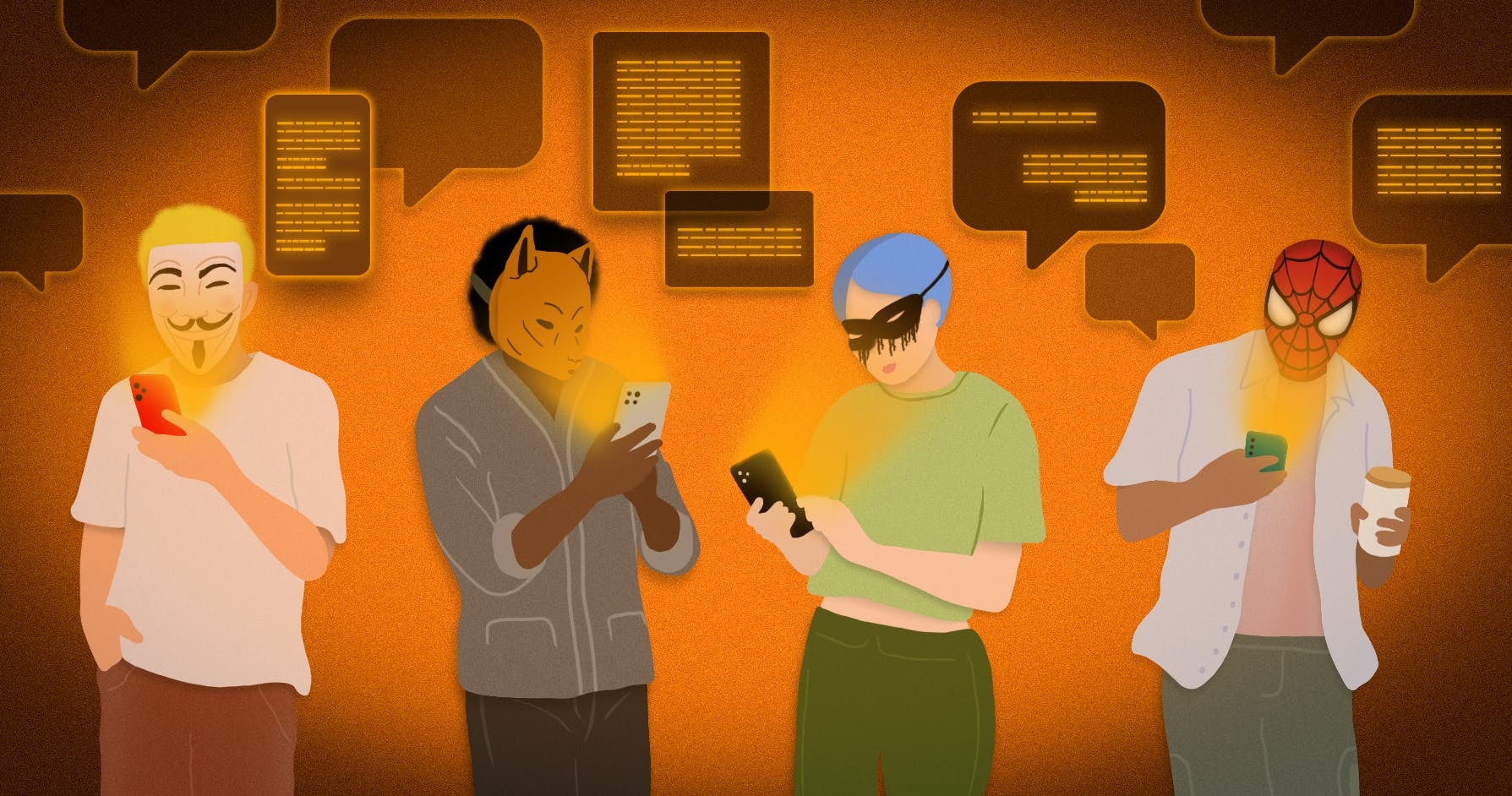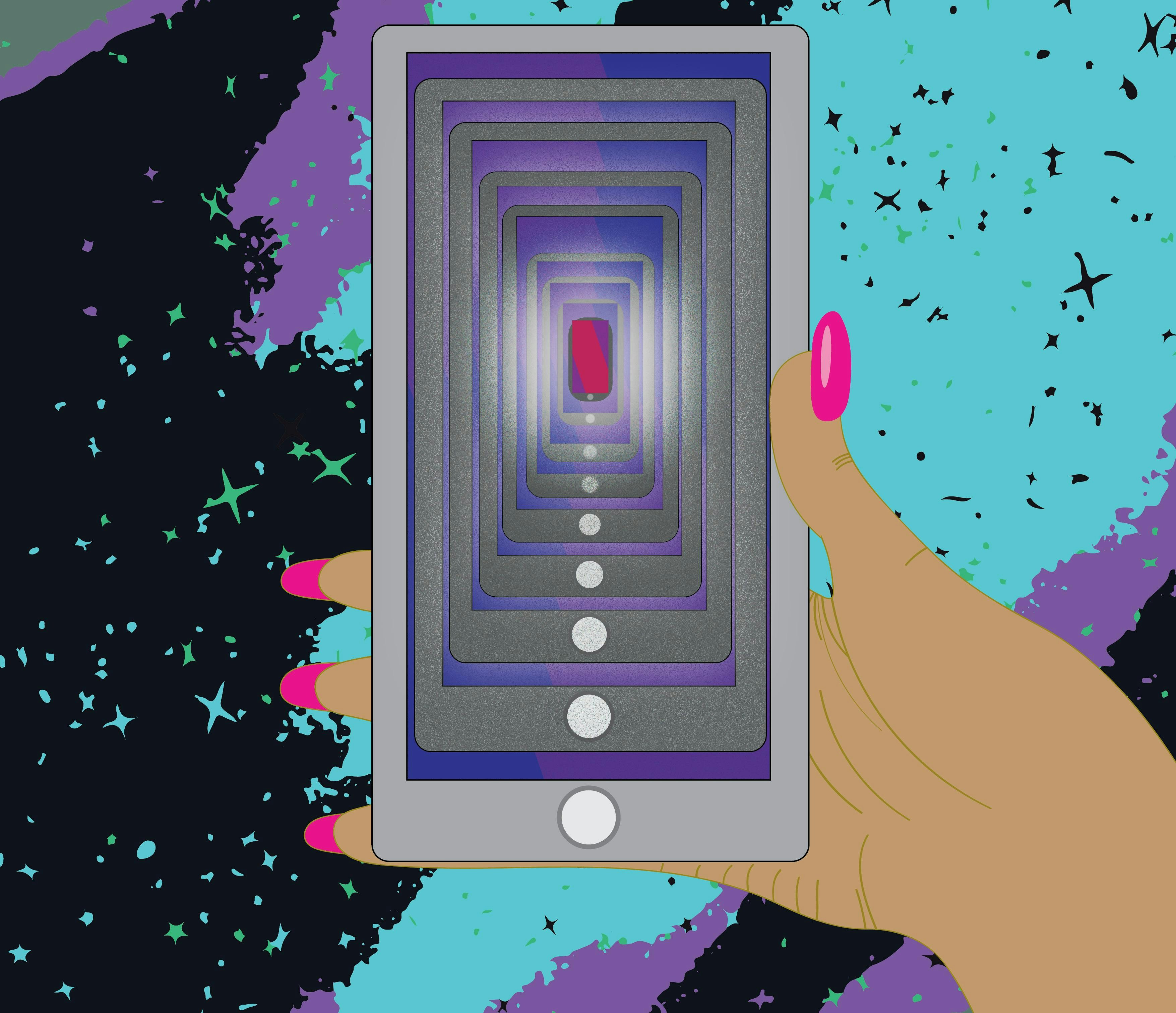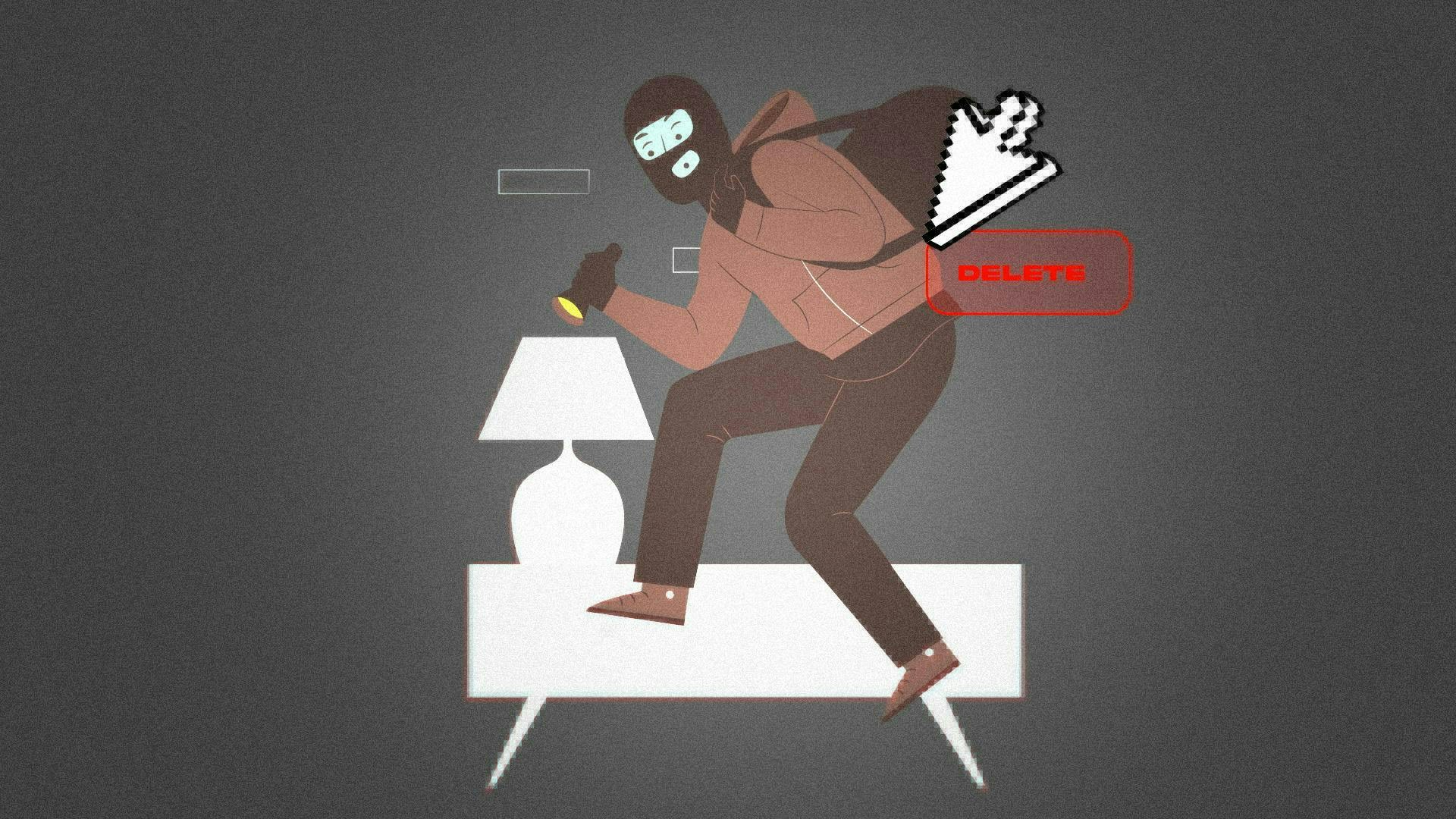The hashtag masquerade: Hijacking online social movement codes

TOPICS
Social MediaIn 2017, users pelted the internet with #MeToo tweets, denouncing systemic sexual harassment. In late January 2020, Asian communities created the hashtag #Iamnotavirus to raise awareness around the scapegoating they experienced at the start of the Covid-19 pandemic. And on November 2020, a flag emoji representing trans pride was designed after years of campaigning.
Much modern activism now happens online. But the digital tools specific to computer-mediated communication can also be weaponised against community interests: Emojis, memes and hashtags alike serve as ideological vehicles and standard-bearers.
These tools lend themselves well to activism. They help create a sense of identity, increase visibility, and are relatable. But they are also easily manipulated—so easily that they are often hijacked.
HASHTAG HIJACKING
When a hashtag is appropriated by users to undermine the initial intent, it’s called hashtag hijacking. One of the earliest reported cases was a 2012 McDonald’s campaign. The brand launched #McDStories, hoping people would share warm memories with the fast-food chain. Instead, Twitter users flooded the platform with their worst experiences: Food poisoning, diabetes, sanitation issues, and so on.
Similar instances have followed this one in the past decade; in the public mind, branding faux-pas have been among the best ways to understand what hashtag hijacking is. But the practice also exists in political and civic strategies, such as when gay men appropriated the far-right hashtag #proudboys (the name of a neo-fascist group), redirecting American political conservatives to LGBT content. In another case, K-pop (Korean pop music) fans tagged Korean pop band pictures and videos with #whitelivesmatter, a hashtag commonly used by American white supremacists. (Interestingly, #whitelivesmatter was itself already a repurposing of the original #blacklivesmatter hashtag, which proliferated after the 2020 murder of George Floyd).
While these examples mostly focus on how hashtags get hijacked to undermine counter-progressive or corporate intent, the reverse is also true. For instance, the animal protection hashtag #Veganuary—an effort to encourage people to adopt vegan diets for one month a year—was riposted by the British dairy industry in 2018 with #Februdairy, to promote meat and dairy consumption.
In the hashtag wars, it's become common practice to “steal” from opponents’ playbooks to beat them at their own games. But sometimes, distorted borrowing doesn’t serve an ideological opposition; instead, it mimics existing movements. To understand how that works, let’s take a look at Zoos and MAPs.
Hashtag Mimicry: Spot the Difference
Self-proclaimed “Zoos” or “Zoosexuals” are an openly zoophile group that has mostly been active on Twitter since late 2020. Zoos strive to be recognised as an oppressed sexual minority under the progressive halo of LGBTQIA+, since they believe they face similar persecution. Thus they are open about their proclivities, seeking socially-legitimate positioning via forums, social networks and even podcasts.
To gain validity, Zoos deploy a complete online dialectic strategy that includes repurposing LGBT-inspired hashtags; thus “#gaypride”, “#proudgay” or “#gaypositivity” are mirrored by “#zoopride”, “#proudzoo” and “#zoopositivity.” Emojis too get reappropriated: The rainbow emoji—a symbol of gay pride—or trans and bisexual flag emojis, are often paired with desired pronouns and LGBT slogans, like “you are valid.” Appropriation of this language is common in Zoo Twitter bios, as in this anonymous example: “gay for humans, bi for dogs and horses 🌈 · she/her · loud and proud!”
Another Twitter user bio reads: "Semi-pro dog-knower; opinion-haver. Non-human and Zoo rights advocate. LGTBQ+ Ally, Inclusive, Bi and Proud Zoo.” As seen here, hashtag repurposing extends beyond the LGBT community. Zoo content also entangles itself with other advocacy groups, including animal rights, veganism, anti-anthropocentrism, and anti-speciesism. Zoo tweets often feature #animalrights, #againstanimalcruelty or #animalrightsactivist hashtags.
Zoophiles are not the only ones who appropriate progressive movements to de-stigmatise taboos. Self-designated "MAPs," or "Minor Attracted People," emerged on Twitter around 2020, claiming pedophilia as a sexual minority group that merits protection. They mobilise similar tactics, including repurposing LGBT vernacular, emojis and slogans. Their online bios claim #mappride, #mappositivity, and #mapsarevalid alongside hashtags like #LGBTQ+Ally.
As these phenomena rose in visibility, Twitter users systematically reported Zoo and MAP tweets and accounts. Many were banned from the platform, and countermovements exploded on Twitter. The techniques of Zoos and MAPs were, in turn, transformed by users to raise awareness about them through symmetrically-opposed hashtags: #youarenotvalid, #nomap, #antimap, #childrencantconsent, and #animalscantconsent.
Mimicry of civic movement codes, and borrowing their arguments, creates an intentional cloudy space that blurs distinctions between ethics and progressivism.
These cases raise numerous issues—like whether platforms should consider this content a form of free speech—and questions, like whether digital environments enable such communities to thrive in new ways.
EFFECTS OF ONLINE ARCHITECTURES: ANONYMITY & RECOMMENDATIONS
Out of hundreds of Zoo and MAP Twitter accounts I analysed, not one displayed a full name. This omission is often justified as an anti-bullying measure, but anonymity affords more than mere protection.
In a 2019 article for Aeon, Sandra Newman drew a parallel between online anonymity and the traditional uses of masks. “As soon as people put on masks, they begin to violate social norms,” Newman writes. “In psychology, this effect is known as ‘disinhibition’.”
Psychologist John Suler confirms that internet-native features, like dissociative anonymity, invisibility, or asynchronicity, foster a kind of online disinhibition effect. Anonymity, and by extension the disinhibition afforded by Twitter and other online platforms, partly enables communities to open up about their practices, including controversial ones.
It is also worth observing that group identity and legitimacy are maintained and nourished by recommendation algorithms. If you happen to find an openly zoophile Twitter account, scroll down mid-page. Twitter’s “Who to follow” section will suggest three similar profiles. Another 15 appear if you click on “show more.”
This is called a "filter bubble" or "echo chamber" effect. The former refers more to the personalisation of online content (ex: selecting a hashtag), and the latter to the virtual encircling of friends and acquaintances with similar ideologies and interests. Both rely on recommendation architecture, and both can be self-affirming.
Echo chambers and filter bubbles have been criticised for isolating people and distorting reality. They can also fuel the legitimacy and growth of dubious online communities. It’s the voice that whispers, “You’re not alone. We are legion."
But anonymity and recommendation algorithms are also wonderful features of online platforms. Anonymity allows endangered minorities to unite: Social media becomes a safe collective space, conferring confidence and support, as in the case of people who anonymously share struggles, support and advice about diseases. Filtering tools, like hashtags, allow people to find peers who share the same passions: Permaculture, kite-surfing, watercolours, you name it. They can fuel curiosity and create new vocations.
AN INTERNET LEFT TO BE CRAFTED
Social networks create an open door for dialectic and symbolic repurposing; hashtag hijacking is merely a symptom. This gives groups—including ethically-questionable ones—ways to federate. They also provide ways to twist initial intents, but could just as well direct you to the five best astronomy accounts to follow.
These spaces and tools are not comfortably binary … And while they are privately-owned and operated, we are the product without which they would mean little. Ideally, they would be regulated like any offline public space: Free for general use, provided that people respect specific guidelines that ensure their long-term sustainability.
It would be foolish to underestimate the power of social media-native communications tools, like hashtags or emojis. Those compositional tools are now part of our digital landscape. Still, it is dangerous to think the internet will regulate itself by passive osmosis. Online spaces were not delivered with a manual. They continuously test the limits of free speech, intellectual property and data privacy. Some official authorities have emerged to tackle the latter—consider GDPR in Europe—but there remains much to do.
B. Olarian and I. Williams argue that social media navigates between being “a vehicle for providing a voice to the voiceless” and “empowering disruptive voices and ideologies.” I agree with this. Given their double-edged nature, and the multitude of personas they enable us to adopt, it’s easy to feel trapped by this digital masquerade. But rather than letting ourselves get overwhelmed by the masked ball’s dizzy character, it's worth considering, as a community and alongside governments, what kinds of online spaces we want to grow old in.
20 Jan 2022
-
Nathalie Béchet
Illustrations by Dominika Haas.
Like what you see? Subscribe to our newsletter.
02/03
Related Insights
03/03
L’Atelier is a data intelligence company based in Paris.
We use advanced machine learning and generative AI to identify emerging technologies and analyse their impact on countries, companies, and capital.


